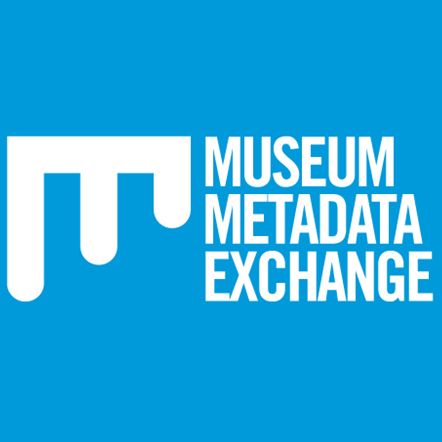Brief description
The Australian Children's Folklore Collection (ACFC) documents children's verbal folkloric traditions from the 1870s to the present. It includes more than 10,000 card files and over 1,000 pages of letters recording children's stories, games and jokes. In addition, the collection consists of 300 toys and objects used in play as well as photographs and audio visual material.Full description
The Australian Children's Folklore Collection (ACFC) is one of the largest and most significant archives of its kind in the world, reflecting Australia's cultural and regional diversity. It is the first Museum Victoria collection and one of the first collections in Australia to have been recognized through listing on the UNESCO Australian Memory of the World register. It documents children's verbal folkloric traditions from the 1870s to the present. It includes more than 10,000 card files and over 1,000 pages of letters recording children's games, rhymes, riddles, jokes, superstitions, taunts and chants; over 300 traditional and homemade play artefacts; photographs and audiovisual material; and field and research studies. The ACFC germinated with research in the 1970s and 1980s by Dr June Factor (then an academic at the Institute of Early Childhood Development) and Dr Gwenda Davey. Armed with pad and pencil, tape recorder and camera, they conducted field research to document Australian children's play. As their research progressed they gradually acquired other material, both contemporary and historic. The Australian Children's Folklore Collection was formally established in 1979. In 1999 June Factor donated the Collection to Museum Victoria.A unique aspect of the ACFC is the Australian archive of pioneering American scholar, educator and ethnographer Dr Dorothy Howard. From 1954 to 1955, Howard travelled across Australia, collecting and documenting children's games and verbal lore in cities, country towns and small rural communities. It was the first large-scale attempt to collect, analyse and discuss our children's lore and language, and it laid the foundations for research into children's folklore in this country. The Australian Children's Folklore Collection brings to Museum Victoria a direct and personal voice from children at play.Spatial Coverage And Location
text: Australia
Subjects
1870-1989 |
Artworks |
Australian Children's Folklore Collection |
Australian Native Animals |
Aviation |
Child Development |
Children |
Children's Folklore |
Children's Play |
Clothing |
Early Childhood Development |
Educational Technology |
Folklore |
Games |
Handmade Games & Toys |
Hobbies |
Indigenous peoples |
buildings |
ceramics |
dolls |
education |
User Contributed Tags
Login to tag this record with meaningful keywords to make it easier to discover
Identifiers


